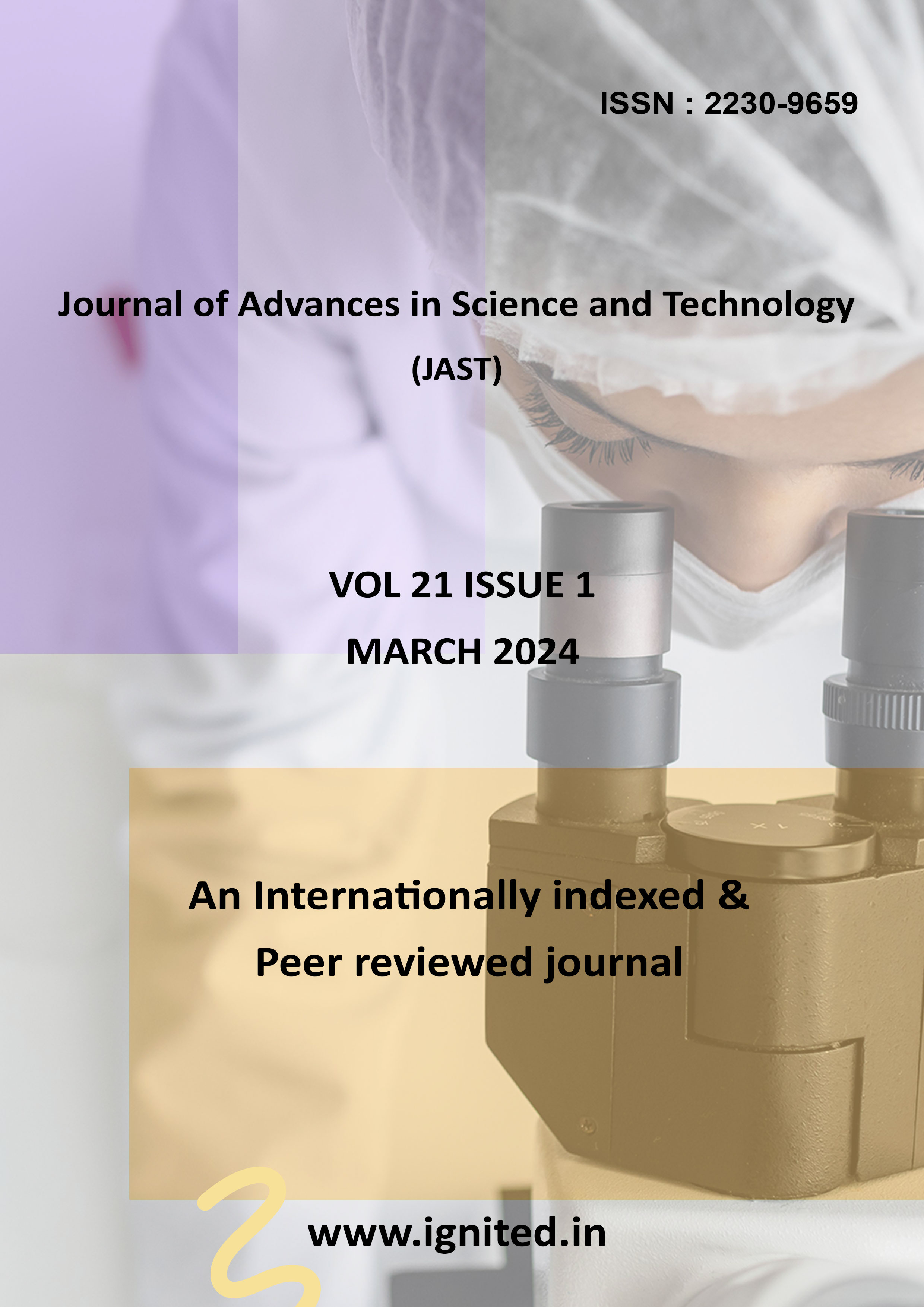A Study to Estimate the effect of Water Scarcity On the Morphological and Biochemical Parameter of the Plant
DOI:
https://doi.org/10.29070/0a80mw92Keywords:
scarcity, biochemical, plant, golden sweetAbstract
The importance of doing research on the effects of water scarcity on plant health and productivity cannot be overstated, particularly in light of the effects of climate change and the rising urgency of water scarcity. Calculating the ways in which water scarcity influences the morphological and biochemical features of plants is the objective of this research. Protein concentrations, antioxidant activity, and chlorophyll content are examples of biochemical parameters, while plant height, leaf area, and root length are examples of morphological criteria. Furthermore, the length of the roots is an example of a root.
We were able to see significant changes in the morphological and biochemical properties of the plants by conducting experiments that were carefully controlled and administered with varying degrees of water availability. Water scarcity is a direct factor that affects plant growth, as seen by reduced plant height, reduced leaf area, and shorter root length. In terms of biochemistry, we saw a decrease in the contents of chlorophyll and protein, both of which are essential for the process of photosynthesis and for the overall health of plants. On the other side, antioxidant activity increased, which is indicative of a stress response mechanism that is being used to cope with the lack of water.
The findings highlight the critical need of implementing sustainable water management methods in order to achieve the goal of preserving the resilience of plants and the productivity of agricultural production in the face of water scarcity. This research provides valuable insights into the physiological changes that plants go through when they are subjected to water stress. These findings have the potential to open up new routes for the creation of plant varieties that are resistant to drought.
Downloads
References
Abdollahi Arpanahi, A., Feizian, M., & Mehdipourian, G. (2019). Plant growth promoting rhizobacteria enhance oil content and physiological status of Thymus daenensis Celak. under Water stress. Journal of Medicinal Herbs, 9(4), 223-231.
Afeez Adesina Adedayo, Olubukola Oluranti Babalola, Claire Prigent Combaret, Cristina Cruz, Marius Stefan, et al. (2022). The application of plant growth-promoting rhizobacteria in Solanum lycopersicum production in the agricultural system: a review. PeerJ, 10, e13405. DOI: 10.7717/peerj.13405.
Ahmadi, M., Astaraei, A., Lakzian, A., & Emami, H. (2021). Study of millet (Panicum miliaceum) response to humic acid, silicon and mycorrhiza application under saline-sodic irrigation Water Stress. Environmental Stresses in Crop Sciences, 14(3), 823-836. doi: 10.22077/escs.2020.2842.1782.
Ahn, Y. O., Kim, S. H., Kim, C. Y., Lee, J. S., Kwak, S. S., & Lee, H. S. Exogenous sucrose utilization and starch biosynthesis among sweet-potato cultivars. Carbohydrate Research, 2010; 345(1): 55–60.
Alexander, P. N., & Masinde, P. (2022). Growth, yield and quality of selected sweet potato (Ipomoea batatas [L.] lam.), lines under varying soil moisture conditions. African Journal of Science, Technology and Social Sciences, 1(1). https://doi.org/10.58506/ajstss.v1i1.31
Hill, D., Nelson, D., Hammond, J., & Bell, L. (2021). Morphophysiology of potato (Solanum tuberosum) in response to Water stress: paving the way forward. Frontiers in Plant Science, 11. https://doi.org/10.3389/fpls.2020.597554
Lau, K. H., Herrera, M. del R., Crisovan, E., et al. (2018). Transcriptomic analysis of sweet potato under dehydration stress identifies candidate genes for Water tolerance. Plant Direct, 2, 1–13. https://doi.org/10.1002/pld3.92
Morales, R. A., Morales, T. A. Rodríguez, S. D. Rodríguez, M. S. Morales, R. L. (2017). INIVIT B-50, nuevo cultivar de boniato (Ipomoea batatas (L.) Lam.) para la agricultura cubana. Cultivos Tropicales, 38(2), 81.
Netsai, N., & Mtaita Tuarira, M. M. (2019). Effect of cutting position and vine pruning level on yield of Sweet Potato (Ipomoea Batatas L.). Journal of Aridland Agriculture, 5, 01–05. https://doi.org/10.25081/jaa.2019.v5.5255
Rodríguez, P., Loyla, Sanjuanelo, C., Ñústez, L., & Moreno-Fonseca, L. P. (2016). Growth and phenology of three Andean potato varieties (Solanum tuberosum L.) under Water Stress. Agronomía Colombiana, 34(2), 141-154. https://doi.org/10.15446/agron.colomb.v34n2.55279
Singh, P., Gupta, M., & Singh, V. (2010). Rainwater harvesting: A sustainable solution to water scarcity. Current Science, 98(8), 1057-1060.
Tamayo-Aguilar, Y., Juarez-Lopez, P., Chavez-Garcia, J. A., Alia-Tejacal, I., Guillen-Sanchez, D., Perez-Gonzalez, J. O., Lopez-Martinez, V., Rueda-Barrientos, M. C., & Baque-Fuentes, O. (2021). Beneficial microorganisms enhance the growth of basil (Ocimum basilicum L.) under greenhouse conditions. Notulae Botanicae Horti Agrobotanici Cluj-Napoca, 49(4), 12452. https://doi.org/10.15835/nbha49412452






